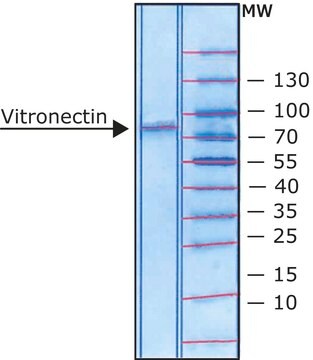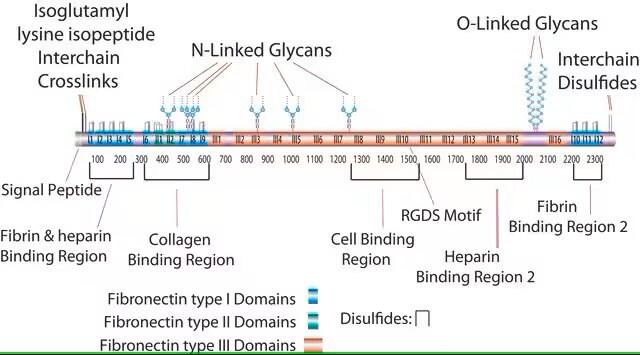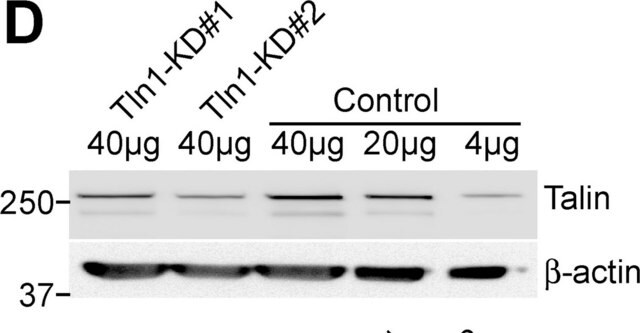SRP3186
Human Vitronectin
recombinant, expressed in HEK 293 cells, powder, suitable for cell culture
Synonyme(s) :
Epiboin, S-Protein, Serum-spreading factor, V75, VTN
About This Item
Produits recommandés
Nom du produit
Vitronectin human, recombinant, expressed in HEK 293 cells, ≥95% (SDS-PAGE), ≥95% (HPLC), suitable for cell culture
Source biologique
human
Niveau de qualité
Produit recombinant
expressed in HEK 293 cells
Essai
≥95% (HPLC)
≥95% (SDS-PAGE)
Forme
lyophilized
Puissance
≤0.5 μg/mL EC50
Poids mol.
52.2 kDa (calculated)
Conditionnement
pkg of 250 μg
Technique(s)
cell culture | mammalian: suitable
Impuretés
<0.1 EU/μg endotoxin, tested
Couleur
white
Solubilité
water: soluble
Numéro d'accès NCBI
Numéro d'accès UniProt
Conditions d'expédition
wet ice
Température de stockage
−20°C
Informations sur le gène
human ... VTN(7448)
Description générale
Recombinant human Vitronectin is a protein consisting of 459 amino acids. It exists in two forms: a single chain and a clipped form consisting of two chains held together by disulfide bonds resulting from an endogenous cleavage. Recombinant vitronectin can function as a chemically defined matrix component in human embryonic stem cell renewal media.
Application
Actions biochimiques/physiologiques
Caractéristiques et avantages
- Human-derived vitronectin
- Produced through recombinant expression in HEK 293 cells
- Low endotoxin levels
Séquence
Forme physique
Reconstitution
Autres remarques
Code de la classe de stockage
11 - Combustible Solids
Classe de danger pour l'eau (WGK)
WGK 3
Point d'éclair (°F)
Not applicable
Point d'éclair (°C)
Not applicable
Faites votre choix parmi les versions les plus récentes :
Déjà en possession de ce produit ?
Retrouvez la documentation relative aux produits que vous avez récemment achetés dans la Bibliothèque de documents.
Les clients ont également consulté
Protocoles
Vitronectin is used to coat culture vessels for cells attachment.
Notre équipe de scientifiques dispose d'une expérience dans tous les secteurs de la recherche, notamment en sciences de la vie, science des matériaux, synthèse chimique, chromatographie, analyse et dans de nombreux autres domaines..
Contacter notre Service technique
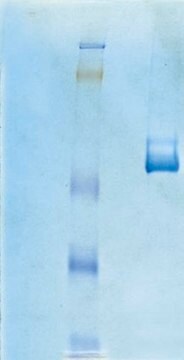
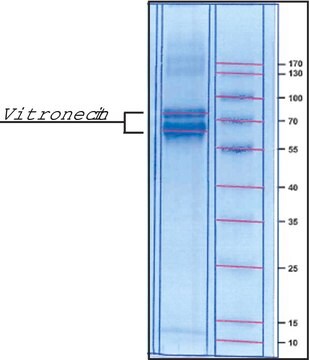
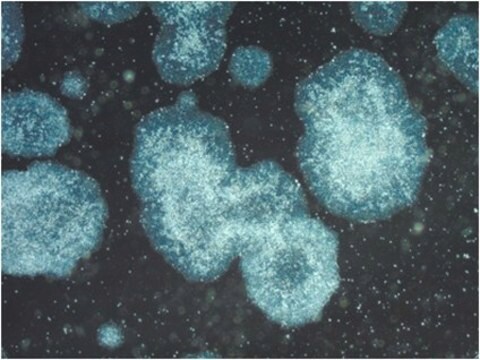
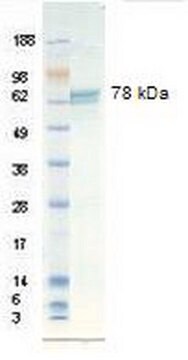



![PI3 kinase [p110a(H1047R)/p85a] Active human recombinant, expressed in baculovirus infected insect cells, ≥60% (SDS-PAGE)](/deepweb/assets/sigmaaldrich/product/images/334/500/65fbd270-7793-4e9c-b01b-16df64b1231d/640/65fbd270-7793-4e9c-b01b-16df64b1231d.jpg)
